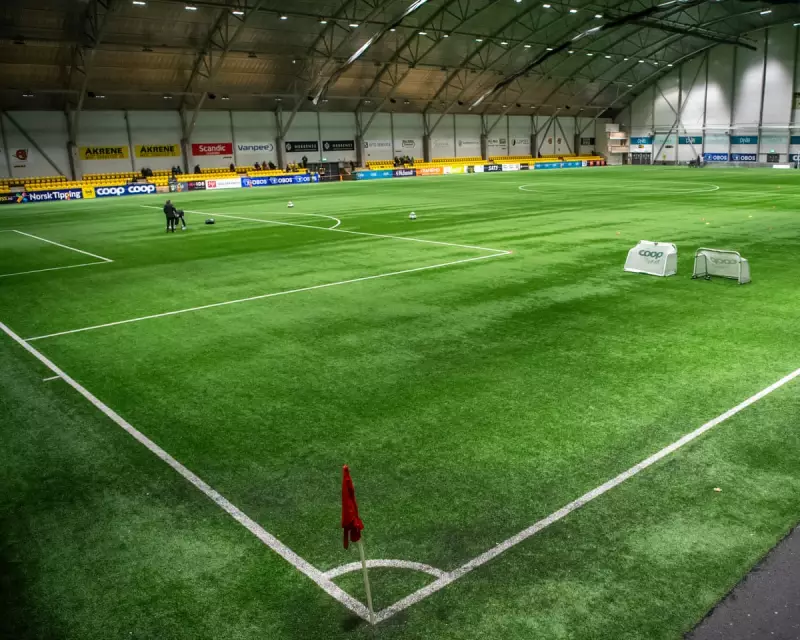
In a case that has sent shockwaves through professional football, a Valerenga player's failed drug test has been directly linked to contamination from an artificial pitch. The extraordinary incident has prompted immediate changes to anti-doping regulations and raised serious questions about player safety on synthetic surfaces.
The Incident That Changed Anti-Doping Rules
The situation unfolded when an unnamed Valerenga footballer tested positive for a banned substance during routine anti-doping controls. Initially facing serious consequences under standard doping protocols, the player's career hung in the balance until investigators made a remarkable discovery.
Forensic analysis revealed that the prohibited substance originated from the artificial turf where the player regularly trained and competed. The synthetic pitch contained chemical compounds that transferred to the athlete's system through skin contact during matches and training sessions.
This contamination occurred despite the player following all standard hygiene protocols and having no intention of gaining any competitive advantage. The case highlights how environmental factors can create unexpected doping violations even for completely innocent athletes.
Immediate Regulatory Response
The anti-doping authorities responded swiftly to this unprecedented situation. New regulations have been implemented specifically addressing artificial pitch contamination, creating clearer guidelines for similar cases in the future.
Under the revised rules, anti-doping organisations must now consider environmental factors when investigating positive tests. The changes acknowledge that not all doping violations result from intentional cheating, and that external contamination requires different handling.
The Valerenga case has set an important precedent that will protect other athletes who might face similar circumstances. Football associations across Europe are now reviewing their own protocols regarding synthetic pitches and potential contamination risks.
Broader Implications for Football
This incident raises significant questions about the safety and suitability of artificial pitches in professional football. While synthetic surfaces have become increasingly common, particularly in colder climates like Norway, their potential impact on player health and anti-doping compliance hasn't been thoroughly studied.
Several clubs across Scandinavian countries and the UK rely heavily on artificial pitches due to weather conditions that make maintaining natural grass challenging. The Valerenga case suggests that these clubs may need to reassess their facilities and implement additional safety measures.
The football community is now calling for more research into the chemical composition of synthetic pitches and their potential effects on athletes. There are also discussions about developing new testing protocols that can better distinguish between intentional doping and environmental contamination.
This case serves as a crucial reminder that anti-doping science must continuously evolve to address new challenges. As sports facilities and training environments change, so too must the systems designed to keep competition fair and protect clean athletes from false accusations.





